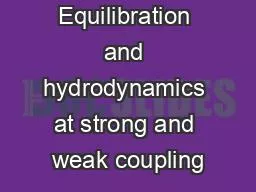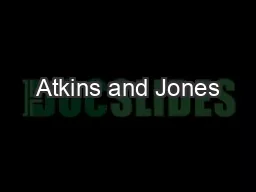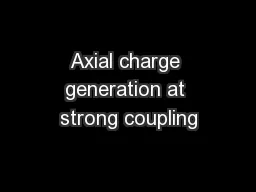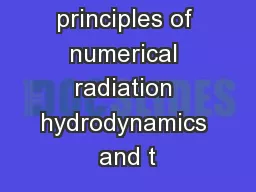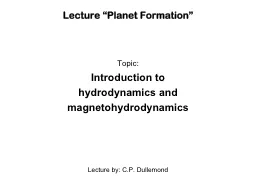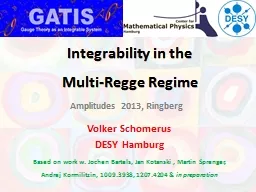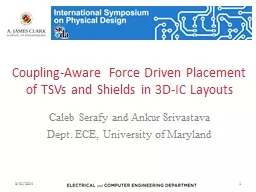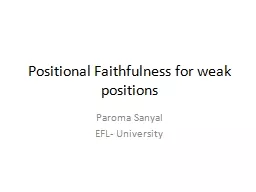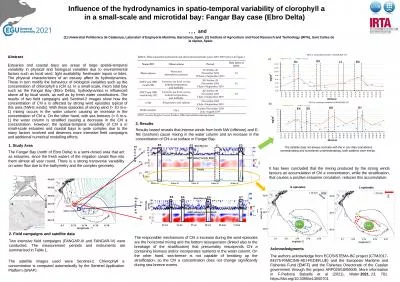PPT-Equilibration and hydrodynamics at strong and weak coupling
Author : joedanone | Published Date : 2020-06-26
From collisions to quarkgluon plasma Wilke van der Schee Quark Matter 2017 6 February 2017 Standard model of heavy ion collisions 2 17 Initial stage goes from weak
Presentation Embed Code
Download Presentation
Download Presentation The PPT/PDF document "Equilibration and hydrodynamics at stron..." is the property of its rightful owner. Permission is granted to download and print the materials on this website for personal, non-commercial use only, and to display it on your personal computer provided you do not modify the materials and that you retain all copyright notices contained in the materials. By downloading content from our website, you accept the terms of this agreement.
Equilibration and hydrodynamics at strong and weak coupling: Transcript
Download Rules Of Document
"Equilibration and hydrodynamics at strong and weak coupling"The content belongs to its owner. You may download and print it for personal use, without modification, and keep all copyright notices. By downloading, you agree to these terms.
Related Documents

